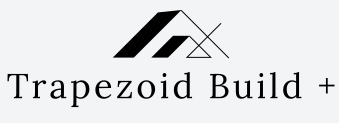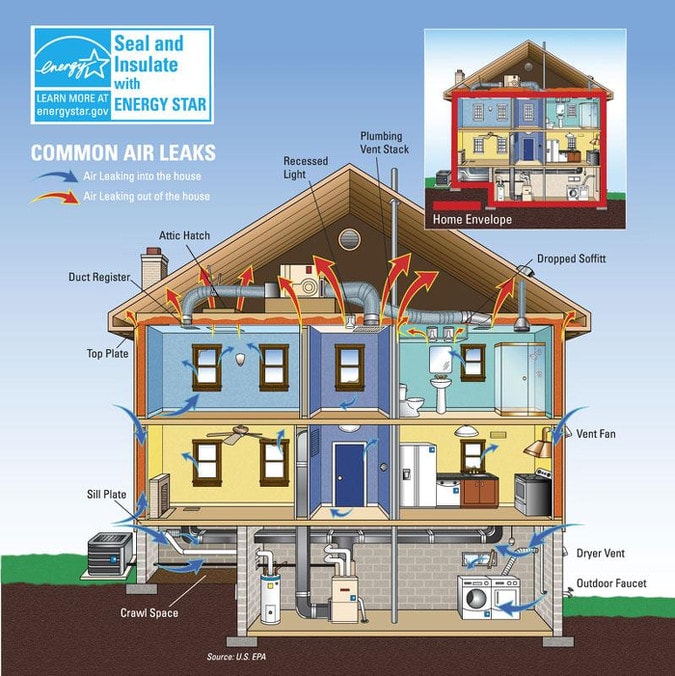Key Elements for a Well-Insulated Home
When it comes to creating a comfortable and energy-efficient home, the building envelope plays a crucial role. The building envelope acts as a barrier between the interior and exterior environments, regulating heat flow, preventing air leakage, and ensuring insulation. In this blog, we will delve into the key elements of a building envelope system that contribute to a well-insulated home, providing homeowners with enhanced comfort, energy efficiency, and cost savings.
- Insulation: The Foundation of Energy Efficiency Insulation is a fundamental component of a well-insulated home. It helps to reduce heat transfer between the interior and exterior, keeping the indoor temperature stable and comfortable. Proper insulation is installed in the walls, roof, and floors, using materials such as fiberglass, cellulose, spray foam, or rigid foam boards. The choice of insulation material depends on factors like the climate, budget, and desired R-value (a measure of thermal resistance). A well-insulated home minimizes heat loss during winter and heat gain during summer, resulting in reduced energy consumption for heating and cooling.
- Air Sealing: Preventing Energy Loss Air leakage is a common culprit of energy inefficiency in homes. Uncontrolled air movement allows heated or cooled air to escape, leading to energy waste and discomfort. Air sealing involves sealing gaps, cracks, and joints in the building envelope to minimize air leakage. Weatherstripping, caulking, and spray foam insulation are commonly used to seal openings around windows, doors, electrical outlets, and pipes. A well-executed air sealing strategy ensures that conditioned air stays inside the home, reducing the workload on heating and cooling systems and enhancing energy efficiency.
- Moisture Barriers: Protecting Against Water Damage Moisture infiltration can lead to mold growth, structural damage, and decreased indoor air quality. A well-designed building envelope incorporates moisture barriers to protect the home from water intrusion. Vapor barriers, typically made of plastic or foil, are installed on the warm side of the insulation to prevent moisture from passing through the walls or roof. Additionally, proper drainage systems, including gutters, downspouts, and grading, help divert water away from the foundation, further safeguarding the integrity of the building envelope.
- Windows and Doors: Balancing Natural Light and Energy Efficiency Windows and doors are essential elements of the building envelope that require careful consideration for both aesthetics and energy efficiency. Energy-efficient windows and doors feature multiple panes, low-emissivity (low-E) coatings, and insulated frames to minimize heat transfer. They allow natural light to enter while reducing heat gain or loss, contributing to improved energy performance. Additionally, proper sealing around windows and doors, with weatherstripping and caulking, prevents air leakage and enhances the overall insulation of the home.
- Thermal Bridging Mitigation: Enhancing Insulation Performance Thermal bridging occurs when a conductive material, such as a metal stud or concrete slab, creates a path for heat to bypass the insulation. This can significantly reduce the effectiveness of insulation and result in energy loss. Addressing thermal bridging is vital for a well-insulated home. Strategies to mitigate thermal bridging include using advanced framing techniques, incorporating continuous insulation, and using thermal breaks or insulation materials around structural elements. By minimizing thermal bridging, homeowners can maximize the insulation performance of their homes and improve energy efficiency.
Understanding the key elements of a building envelope system is crucial for homeowners aiming to create a well-insulated home. With proper insulation, effective air sealing, moisture barriers, energy-efficient windows and doors, and thermal bridging mitigation, homeowners can enjoy improved comfort, lower energy bills, and a reduced environmental footprint. Investing in a well-designed building envelope is a wise choice,

